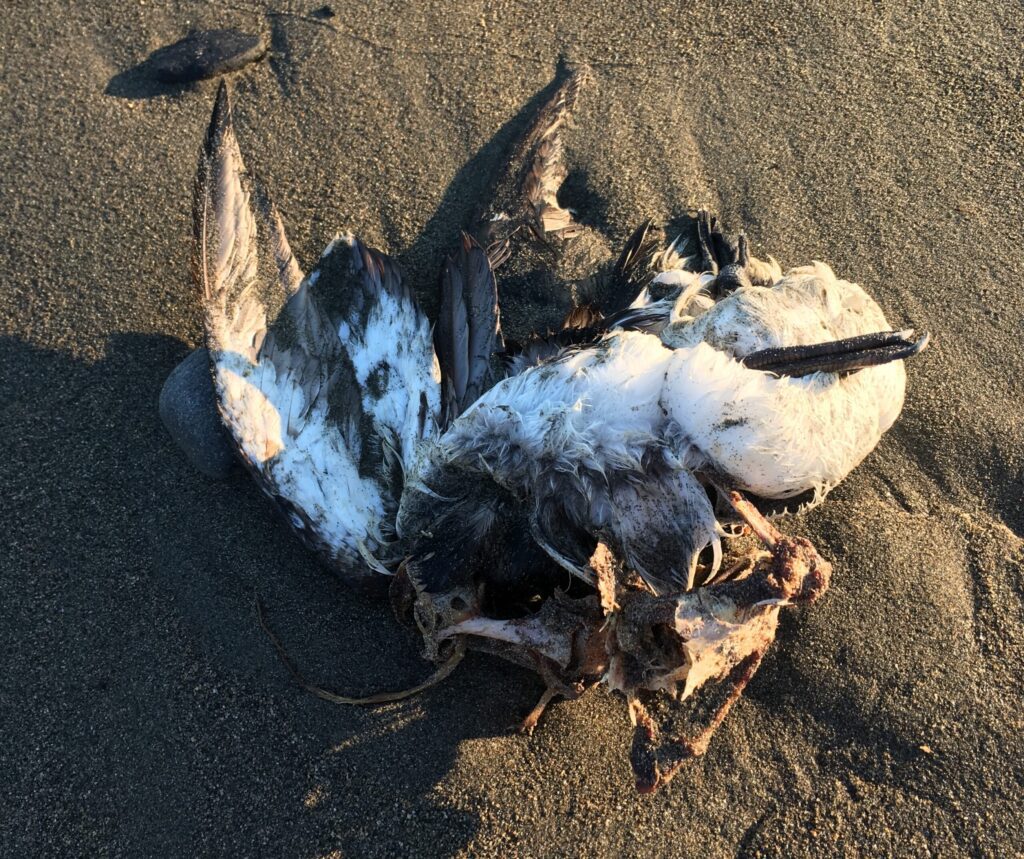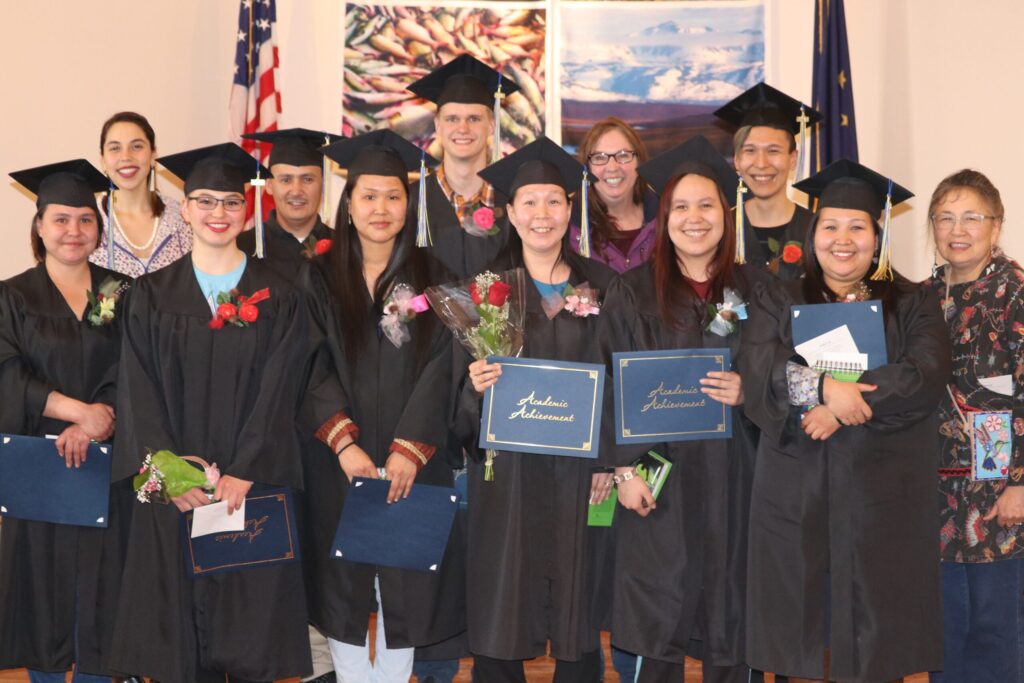If you look closely, you can see a small antenna poking off the UAF Northwest Campus main building. That antenna connects to an international monitoring system, allowing anyone in the world to track vessels moving within 12 miles of Nome’s harbor. Gay Sheffield is with the UAF Marine Advisory Program and brought the equipment to Nome last fall.
“So right now,” Sheffield said, “we can see what’s in front of Nome. And what we’ve seen are icebreakers from Russia and China. We’ve had pleasure boats. We’ve had Coast Guard ships, fishing boats.”
The antenna is part of AIS or Automatic Identification System. The system started as a safety measure by the International Maritime Organization to avoid ship collisions. The organization requires ships over 300 tons and all passenger vessels to carry transponders constantly beaming out their name, position, speed, and course.
Sheffield explained what lead her to make the AIS broadcast available for Nome: “I got interested, because where else do we find out what’s going on in our backyard? We have all these boats show up. People are talking more about boats in this region. And this seems like a pretty interesting way to capture what is freely being broadcast.”
With vessel traffic increasing through the Bering Strait and expected to continue escalating, Sheffield said AIS allows public access to what is traveling through the region, all potentially affecting marine life and the surrounding waters. The system even has a phone app. But one antenna in Nome offers a limited view of the Strait.
“If we had these in Wales, in Diomede, St. Lawrence Island,” Sheffield said, “not only could we all see in Bering Strait what’s coming and going, but also our neighbors to the west, who may not be able to get this equipment, would be able to look at this website and at least get an idea of ship traffic through the region.”
Sheffield said the AIS also serves as a utility, allowing anyone with a VHF radio to talk with these vessels. Subsistence hunters can tell ships if they are in harvest areas, and distressed mariners can call for help.
To view the Nome AIS broadcast in real time and to contact Sheffield about bringing free AIS tracking to your community, visit Sheffield’s UAF faculty profile page.







